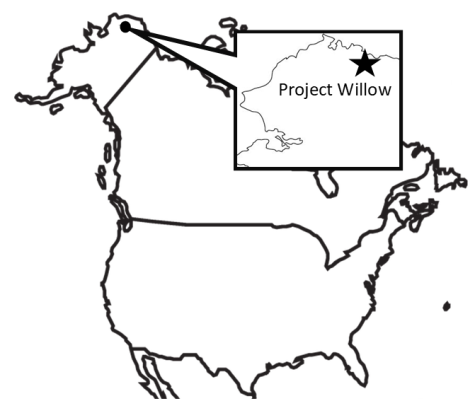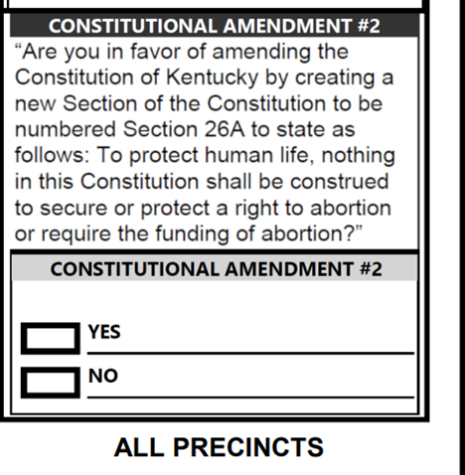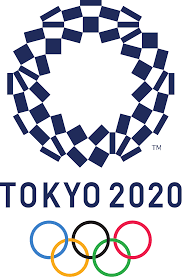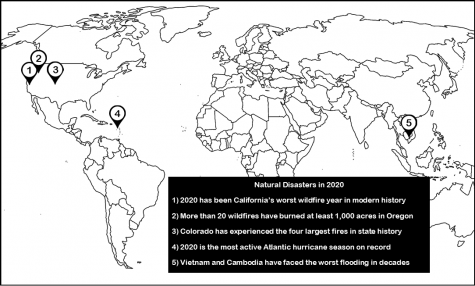Hongkongers protest against Chinese government
Political crisis was sparked in June by new extradition law
January 31, 2020
What started as peaceful protests in response to an extradition bill quickly turned into Hong Kong’s worst political crisis in decades: the “Water Revolution.”
Known more commonly as the “Hong Kong Protests,” the Water Revolution is the name given to the current wide-spread movement in Hong Kong, a territory under the sovereign state of China.
Originally, the protests started in June and opposed a bill that would allow for the detaining and extradition to mainland China and Taiwan of wanted fugitives in Hong Kong.
Hong Kong’s refusal to defer the bill sparked the protests to turn violent, and while the bill was eventually withdrawn, demonstrators claim the decision was “too little, too late.”
Now, protesters are advocating for stronger civil liberties for Hongkongers, as well as a strengthened form of democracy within the region’s government.
Chinese officials have largely condemned the protests, calling them a “threat” to the nation. Yang Guang, spokesperson of the State Council Office for Hong Kong, said the movement was “evil and criminal,” and later told protestors to “not play with fire.”
Violent methods of protest have become increasingly more commonplace as the Water Revolution continues, a “necessary expense,” as one demonstrator put it. Said methods include the blockade of airports, the destruction of government facilities, and the disturbance of Hong Kong’s primary public transportation system, the “MTR” (Mass Transit Railway).
The police response to the situation has also become a concern, with many calling the Hong Kong law enforcement into question over alleged corruption and abuse of power. Over 5,000 arrests have been made thus far, many of which have been argued as “unlawful” by protestors.
Fear of being shot with rubber bullets or subjected to tear gas has led many protestors to wear helmets, body armor, and eye-goggles, as well as carry weapons of their own—ranging from pepper spray to baseball bats.
In early October, an 18-year-old demonstrator was captured on video getting shot by police, the first instance of a live round being used since protests started.
The use of face masks in Hong Kong was banned in October of last year, with offenders facing a year of jail time. The move was used as an “emergency” measure by the government to help identify protestors.
One young protestor, who referred to himself as Chan, told Business Insider that he, along with “almost all frontline protestors,” are “ready to be arrested or die” in the efforts to secure their demands.
Despite the efforts by Hong Kong’s government to suppress the movement, the number of participants and media coverage has only increased.
An estimated 2 million demonstrators attended the largest rally last year, and more events of a similar turnout are expected this year.







